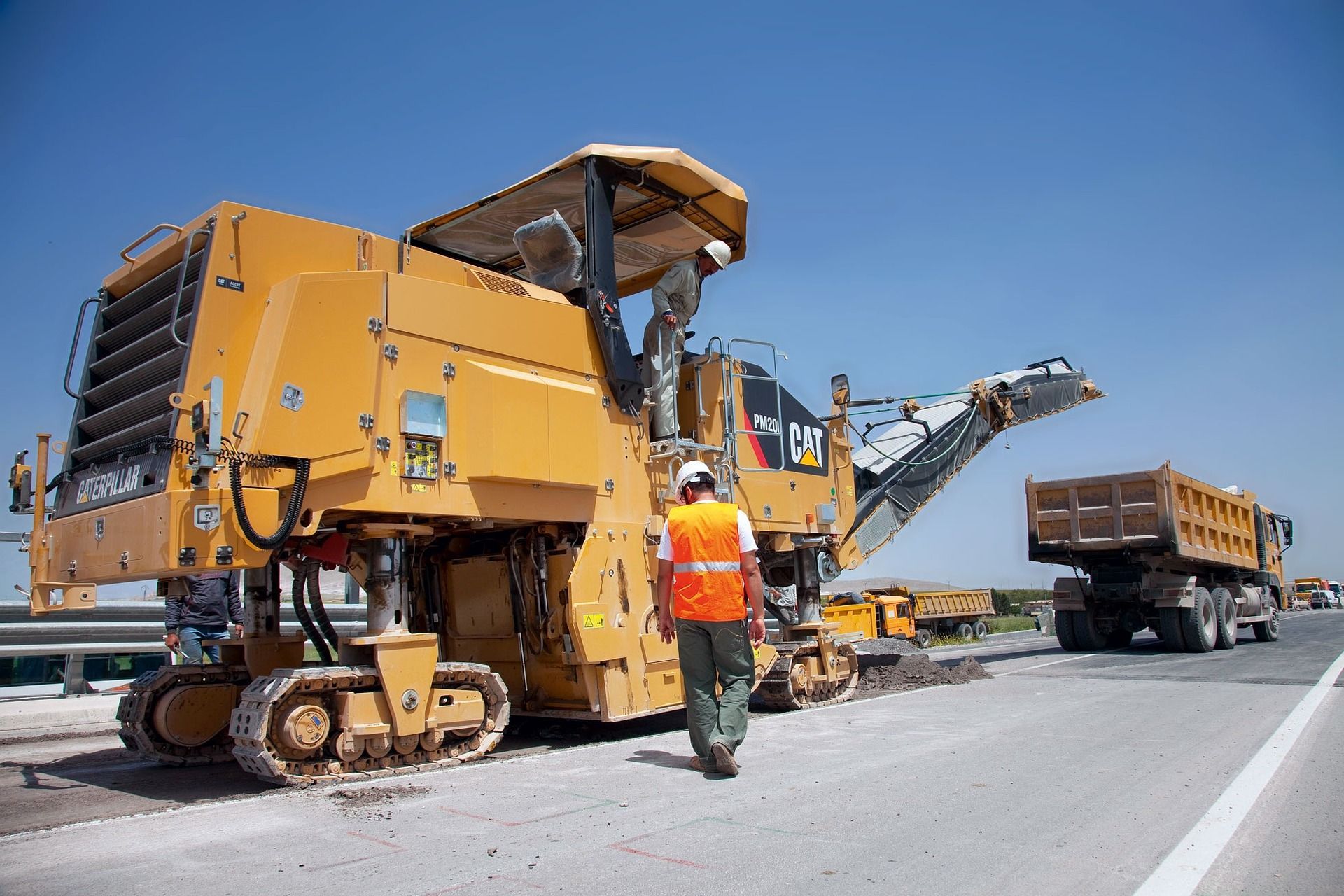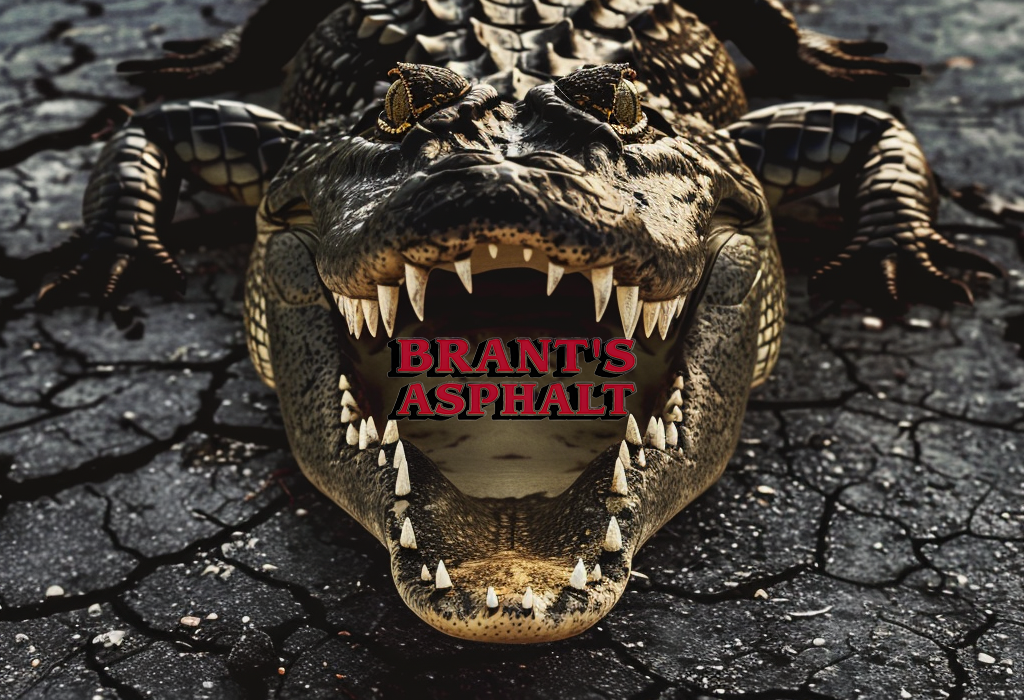Understanding Alligator Cracks in Asphalt
Understanding Alligator Cracks in Asphalt: Beyond the Surface
Asphalt surfaces, whether they pave the way to our homes, businesses, or public roads, play a critical role in our daily lives. However, they are not immune to wear and tear. Among the various types of distresses that asphalt can suffer, alligator cracking is particularly problematic. Named for its resemblance to the reptile's skin, alligator cracking is a clear sign that the asphalt surface is failing and requires attention. However, it's crucial to understand that not all repair methods are equal, and when it comes to these pervasive issues, sealcoating might not be the hero it's often made out to be.
The Limitations of Sealcoating on Alligator Cracks
Sealcoating is widely celebrated for its ability to protect and extend the life of asphalt pavements by providing a protective layer against elements such as water, oils, and U.V. damage. While it does excel in these areas, its effectiveness is significantly diminished when dealing with alligator cracks. Applying sealcoat over these cracks is akin to putting a band-aid on a broken bone; it might cover the surface, but it does nothing to address the underlying issues.
In the short term, sealcoating over alligator cracks can even exacerbate the problem aesthetically. When moisture, salt, or mineral deposits from beneath the asphalt surface migrate upwards, they can discolor the cracks, making them more prominent and unsightly. This phenomenon underscores the superficial nature of sealcoating in these scenarios and highlights the need for a more robust solution.
The Real Remedy: Removal, Stabilization, and Replacement
Addressing alligator cracks requires going beyond the surface to tackle the root of the problem. Typically, these cracks indicate a failure in the pavement's subbase, often due to insufficient support or water infiltration. The most effective repair method involves removing the affected asphalt, stabilizing the base, and laying down new asphalt. This process ensures that the underlying issues are rectified, providing a long-term solution rather than a temporary fix.
In some instances, especially where traffic is light, an overlay might be a viable alternative. This method involves applying a new layer of asphalt over the existing pavement. However, it's important to note that this can only be considered if the base is stable and the extent of the alligator cracking is minimal. Proper assessment by a professional is crucial to determine the most appropriate repair method.
The Bottom Line
While sealcoating is an essential maintenance practice that can protect asphalt pavements from various external damages, it is not a cure-all solution. When it comes to alligator cracking, understanding the limitations of sealcoating is crucial. These types of cracks signal deeper issues that require comprehensive repair methods. By addressing the root causes through removal, stabilization, and replacement, or considering an overlay in specific cases, the longevity and performance of asphalt pavements can be significantly improved.
In conclusion, while the allure of a quick fix is understandable, the health of asphalt pavements demands more than superficial treatments. Recognizing the signs of alligator cracking and opting for proper repair techniques is essential in ensuring durable, safe, and aesthetically pleasing asphalt surfaces.


Expert Commercial Pavement Maintenance: Asphalt Resurfacing, Milling, Sealcoating, Line Striping, and Patching Services.
BROWSE OUR WEBSITE
CONTACT INFORMATION
Location: 217 Luxor Rd. Latrobe Pa 15650
Phone: (724) 832-8451
Fax: (724) 832-8451
Email: brantsasphalt@comcast.net
OUR LOCATION
All Rights Reserved | Brant's Asphalt LLC | HIC# PA 000636 | Website Designed by Blue Crocus Solutions


